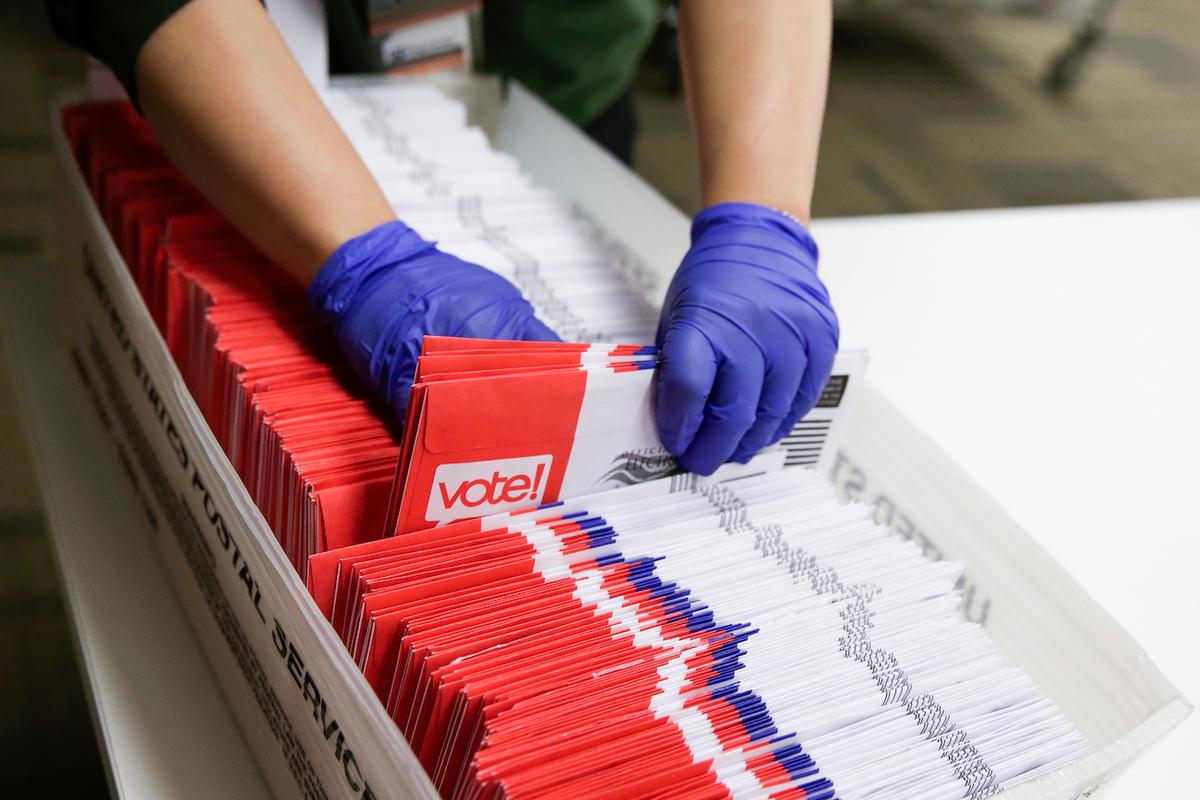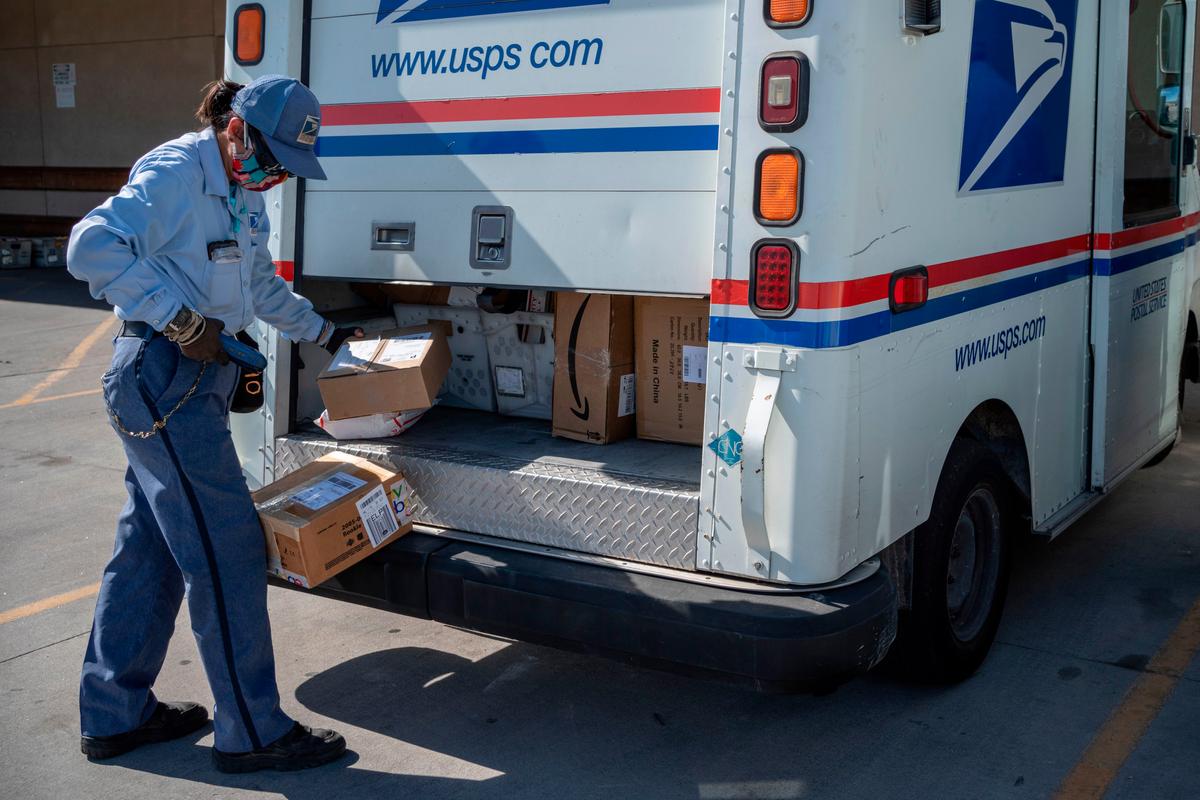The chief of the U.S. Postal Service (USPS) said at a Board of Governors meeting Friday that the agency faces a “dire” financial position and unless major changes are made to both operations and strategy, the organization will find itself in the throes of a full-blown financial crisis.
Last month, DeJoy imposed cost-cutting measures meant to address the Postal Service’s longtime financial problems. In a July directive, the postmaster cut overtime and mandated that mail be kept until the next day if distribution centers are running late. Lawmakers from both parties have criticized the changes, with 84 House members, including four Republicans, arguing in a letter Thursday that it is “vital that the Postal Service does not reduce mail delivery hours, which could harm rural communities, seniors, small businesses and millions of Americans who rely on the mail for critical letters and packages.”
President Donald Trump, a vocal critic of the Postal Service, contended Wednesday that “the Post Office doesn’t have enough time” to handle a significant increase in mail-in ballots.
“I mean you’re talking about millions of votes. ... It’s a catastrophe waiting to happen,” Trump said.
DeJoy said the Postal Service remains “fully committed to fulfilling [its] role in the electoral process,” and that the USPS “will do everything [it] can to deliver Election Mail in a timely manner consistent with our operational standards.”
“We continue to employ a robust and proven process to ensure proper handling of all Election Mail,” he said.

“The strong growth of our package volume in the third quarter was encouraging, but there is great uncertainty about whether that growth will be sustainable,” said Chief Financial Officer Joseph Corbett.
While the USPS experienced substantial growth in its package delivery service amid the pandemic, the agency predicts this surge will subside once the economy opens up. DeJoy warned that “without dramatic change, there is no end in sight, and we face an impending liquidity crisis.”
“Our financial position is dire, stemming from substantial declines in mail volume, a broken business model and a management strategy that has not adequately addressed these issues,” DeJoy said. He added that the USPS has been losing money for over ten years, with the agency losing $9 billion last year and “2020 closing in on $11 billion in losses.”

Blaming the pandemic and, to a lesser extent, secular mail declines for a drop in mail services, the agency’s biggest sales category, USPS said it suffered a net loss of $2.2 billion in the April-June 2020 quarter. That’s marginally less compared to its net loss of $2.3 billion for the same quarter last year.
“Significant declines in our mail volumes as the result of the pandemic were largely offset by corresponding growth in our package business, but the reality remains that the Postal Service is in a financially unsustainable position absent significant fundamental change,” DeJoy said.
Total operating expenses for the USPS amounted to $19.8 billion for the quarter, an increase of $477 million, or 2.5 percent, relative to the same quarter last year.
The Postal Service managed to borrow $10 billion under the CARES Act, which while it addressed short-term liquidity needs, it postpones what the agency called an “impending liquidity crisis” as the money will have to be repaid during a period of expected lower revenues.
“Despite our very significant challenges, I remain optimistic about the future of the Postal Service, but we need to get moving to effect change immediately,” DeJoy said, adding that he intends to continue to improve operational efficiency and push ahead with other reforms.





